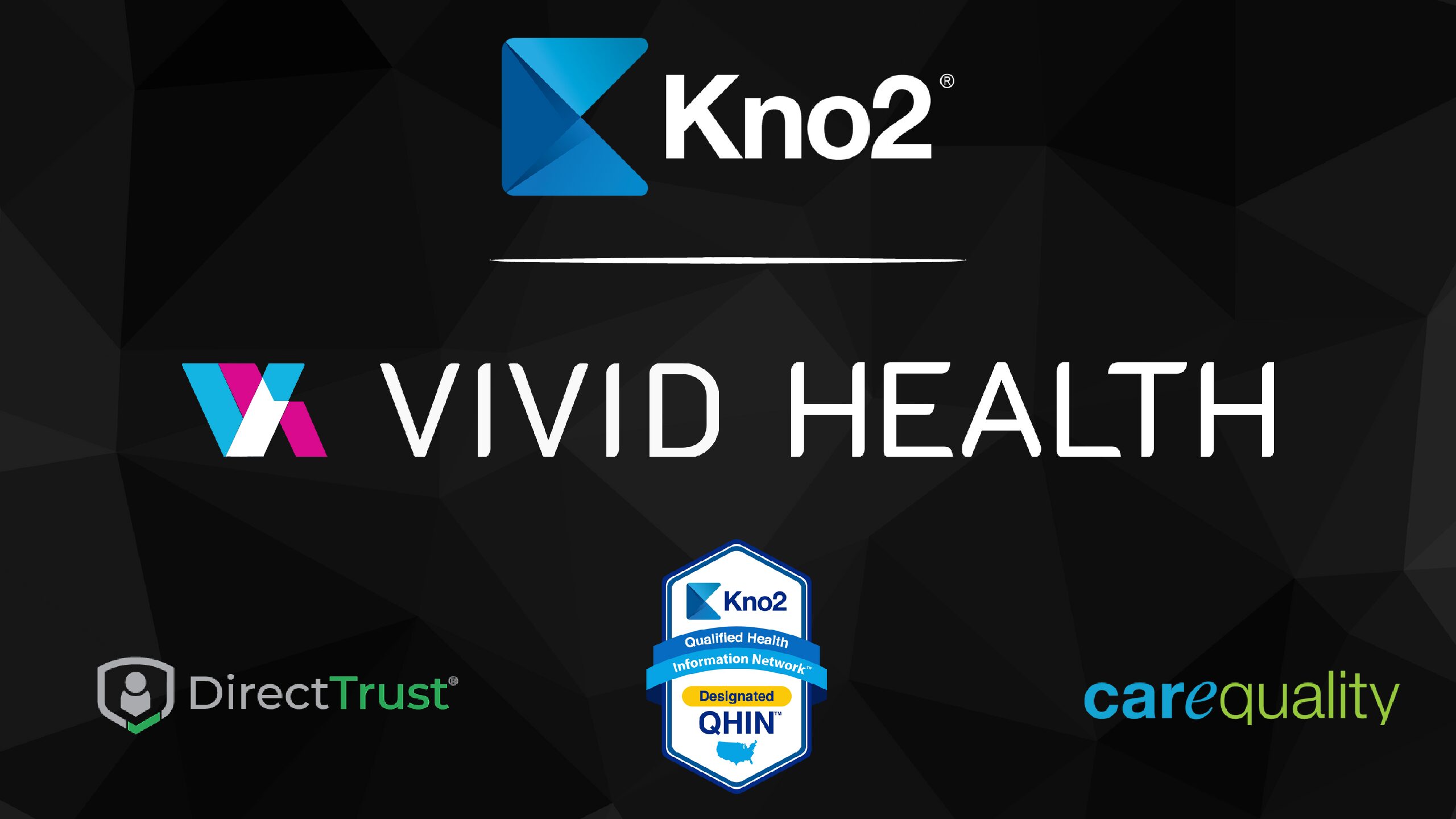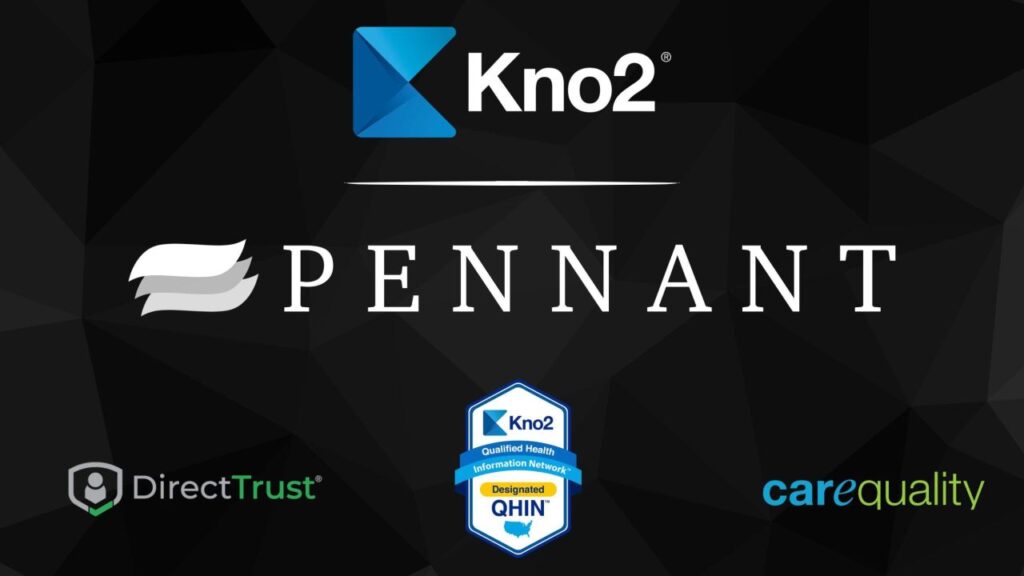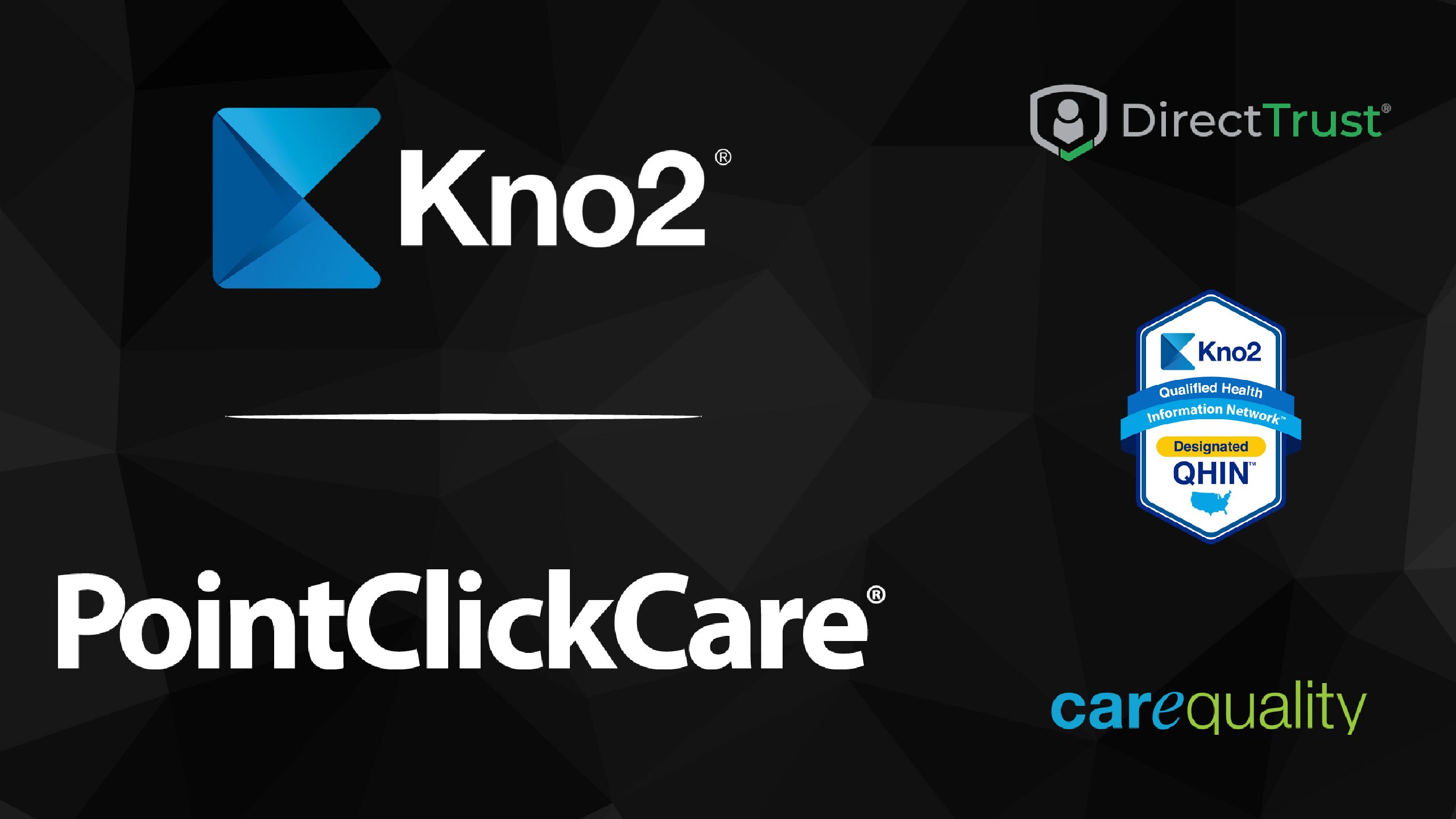By Dr. Peter Schoch, Chief Health Officer Kno2
We often talk about interoperability––the seamless exchange of data through connectivity and communication––in terms of its impacts on patients. Patient outcomes, patient access, and patient accessibility. All of these things are important in terms of what interoperability can do for the medical industry. However, interoperability is not meeting provider expectations. We should not forget that essential to the kind of large-scale interoperability that will really make a difference is buy-in from the people who must do the work to adopt and integrate new systems: the providers. Understanding how providers feel about interoperability measures and what they need to make systems truly viable is the key to moving forward.
While someone on the technical side of the equation might be passionate about the endless possibilities of interoperability in healthcare, some providers may instead see the obstacles involved and the burden placed seemingly on their shoulders. It’s easy to explain away any reluctance towards interoperability with the “lack of awareness” argument––as though providers have no idea what connecting patient data could do for them. I believe that provider resistance is much more complex than that, and we have a lot of work to do to address what are, ultimately, valid concerns.
Reluctance of Providers to Adopt Interoperability
If providers are lukewarm on interoperability, instead of dismissing those reservations, it is essential to get to the bottom of why. As a doctor myself, I can point out a few reasons I know of that providers hesitate to go all-in on interoperability. Note that this list is not exhaustive, and I do not speak for all providers. Each will have their own unique risks and challenges to weigh based on their specialty, personality and the type of practice they are in.
1. Top-down implementation. Providers often perceive that systems and processes are imposed upon them rather than designed to empower them. This sense of disempowerment can lead to a passive or resigned attitude toward technological changes, including advancements in interoperability.
2. Data overwhelm. Providers worry about both the absence and the overload of data. Too little or fragmented data, and they might miss critical information. Too much data, and they are forced to sift through pages of records without proper context. Either scenario is possible if interoperability is not properly implemented.
3. Liability. Many providers view interoperability as a fire hose of information that they cannot possibly process. Any data that comes into the electronic health record but isn’t filtered in a situation-specific way that makes sense for a provider’s workflow exposes them to potential legal issues.
4. Expectation vs. Reality. There is almost always a gap between the theoretical benefits of technology and the practical challenges of its implementation. With inferior tools, what interoperability promises and what providers experience may not necessarily be the same thing. This dissonance can lead to apathy or skepticism among providers who are repeatedly let down by technological promises. We need interoperability to be meeting provider expectations.
The Way Forward
Interoperability is coming––the benefits far outweigh the barriers to its universal adoption. What we cannot afford to do is rush forward without addressing the frustrations of providers. The lived experiences of dedicated healthcare professionals highlight insights into the challenges and opportunities surrounding interoperability. By leveraging their awareness of system inefficiencies, vendors can drive innovation and improvement.
We can start with a user-centered design. Intuitive interfaces should seamlessly integrate with existing workflows, minimize disruption and maximize efficiency for providers across different healthcare settings and specialties. This approach ensures interoperability solutions enhance operational effectiveness without adding burdens.
Next, vendors should offer comprehensive training programs tailored to different user levels, from front-line staff to IT administrators. This ensures that providers feel confident and competent in using interoperability tools to their fullest potential. Ongoing technical support and troubleshooting resources further empower providers, addressing concerns promptly and proactively.
Additionally, vendors can champion interoperability standards and best practices. By advocating for and adhering to industry standards such as HL7 FHIR and ensuring compliance with regulatory requirements like HIPAA, vendors build trust and confidence among providers. Clear documentation and transparent communication regarding data security measures and privacy protections are also critical in fostering provider confidence in interoperability solutions.
Finally, continuous innovation and responsiveness to feedback are essential. Vendors should actively seek input from providers to refine and enhance interoperability solutions over time. This iterative process ensures that solutions evolve to meet changing healthcare needs and technological advancements, maintaining relevance and effectiveness in improving patient care outcomes






